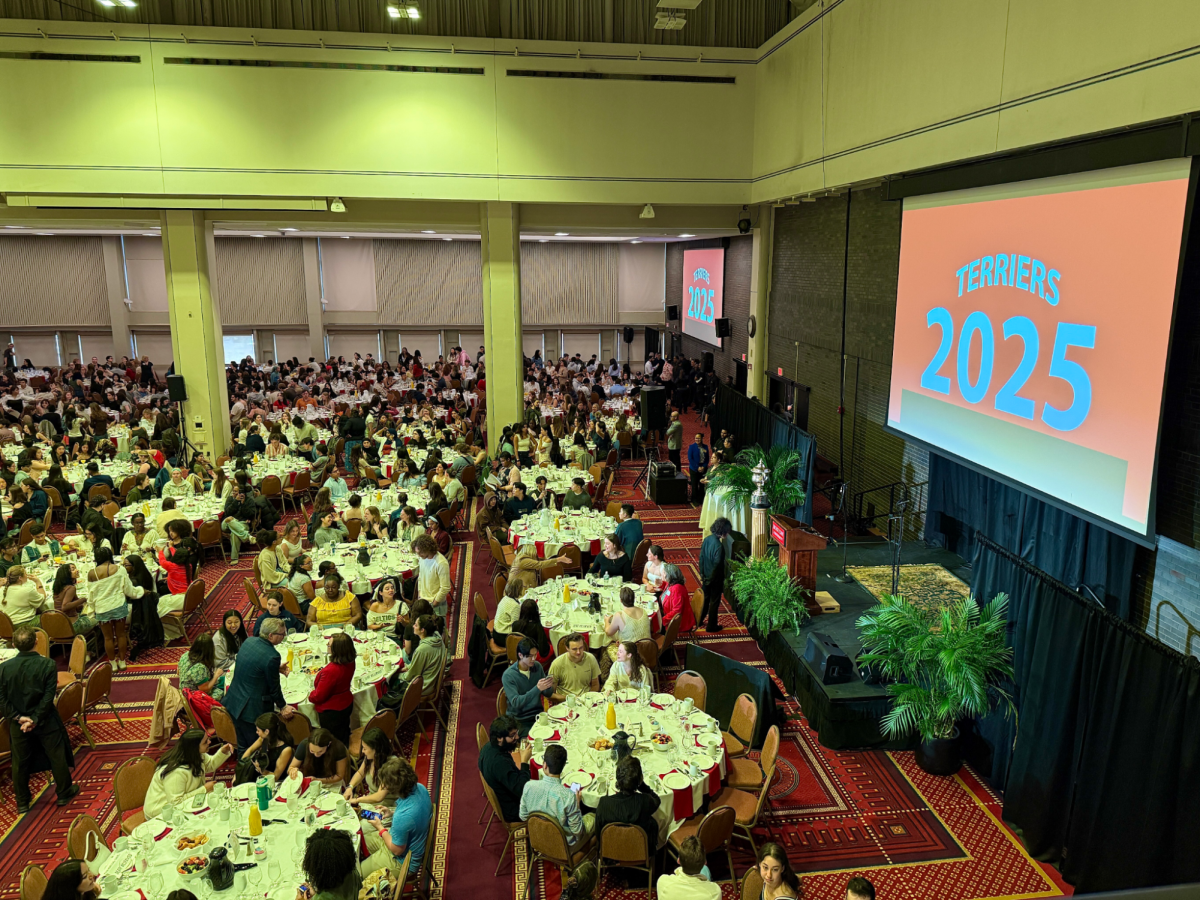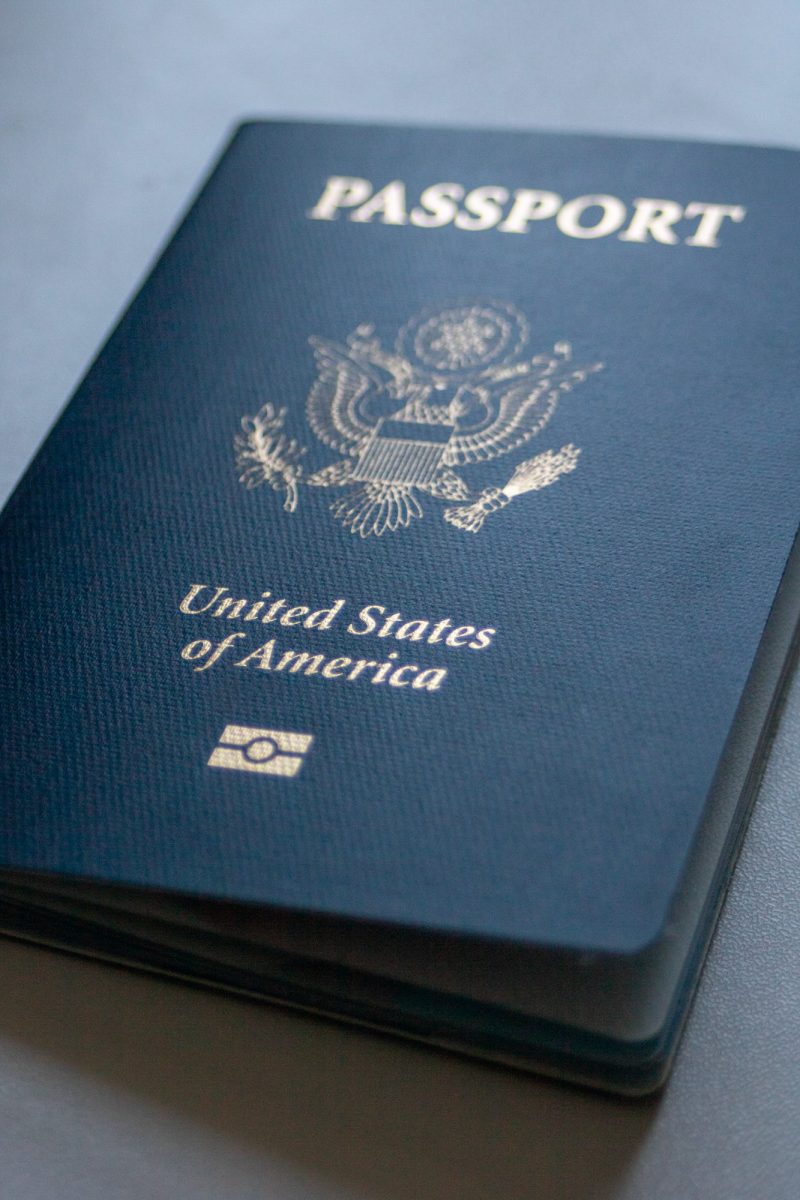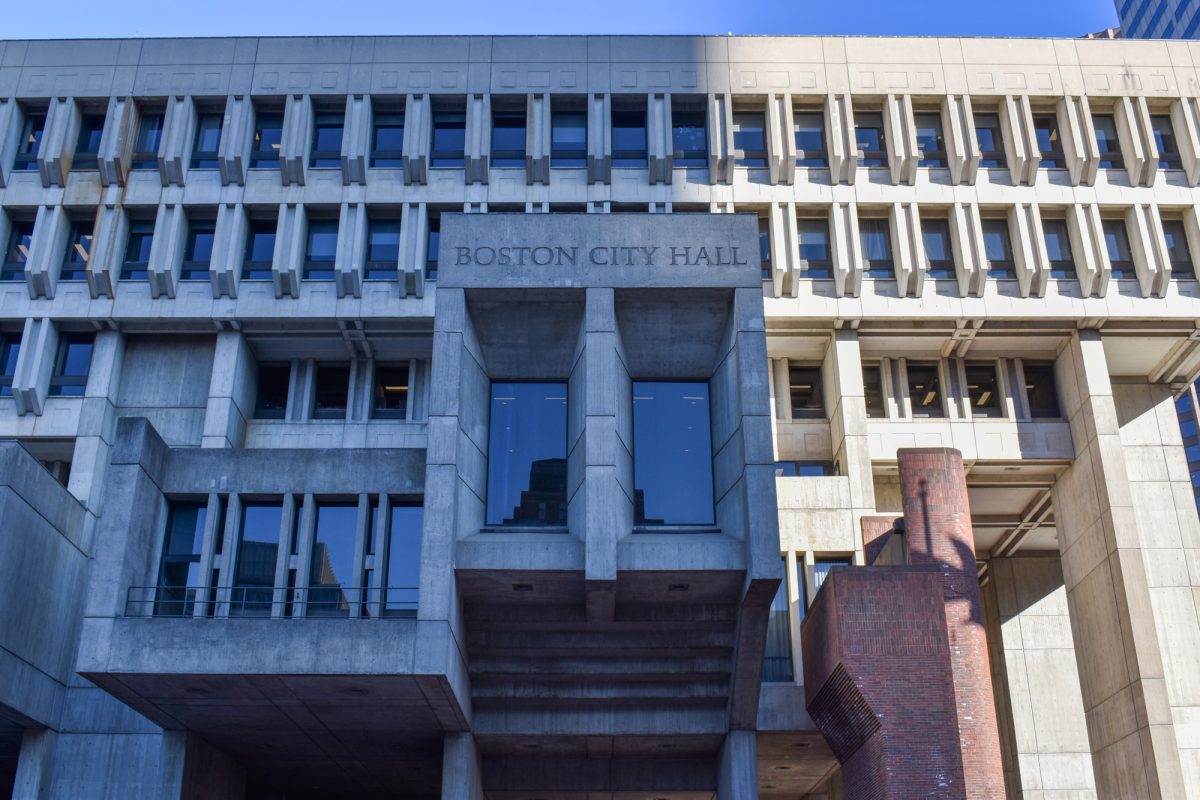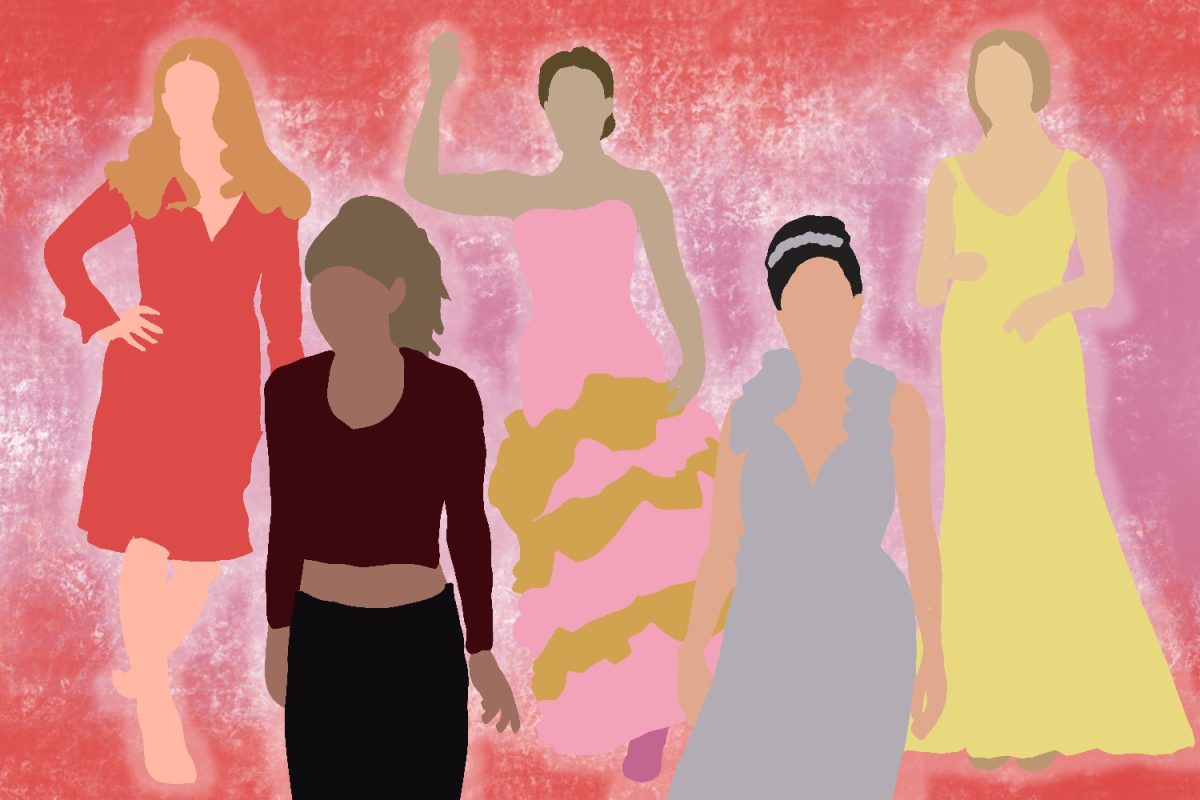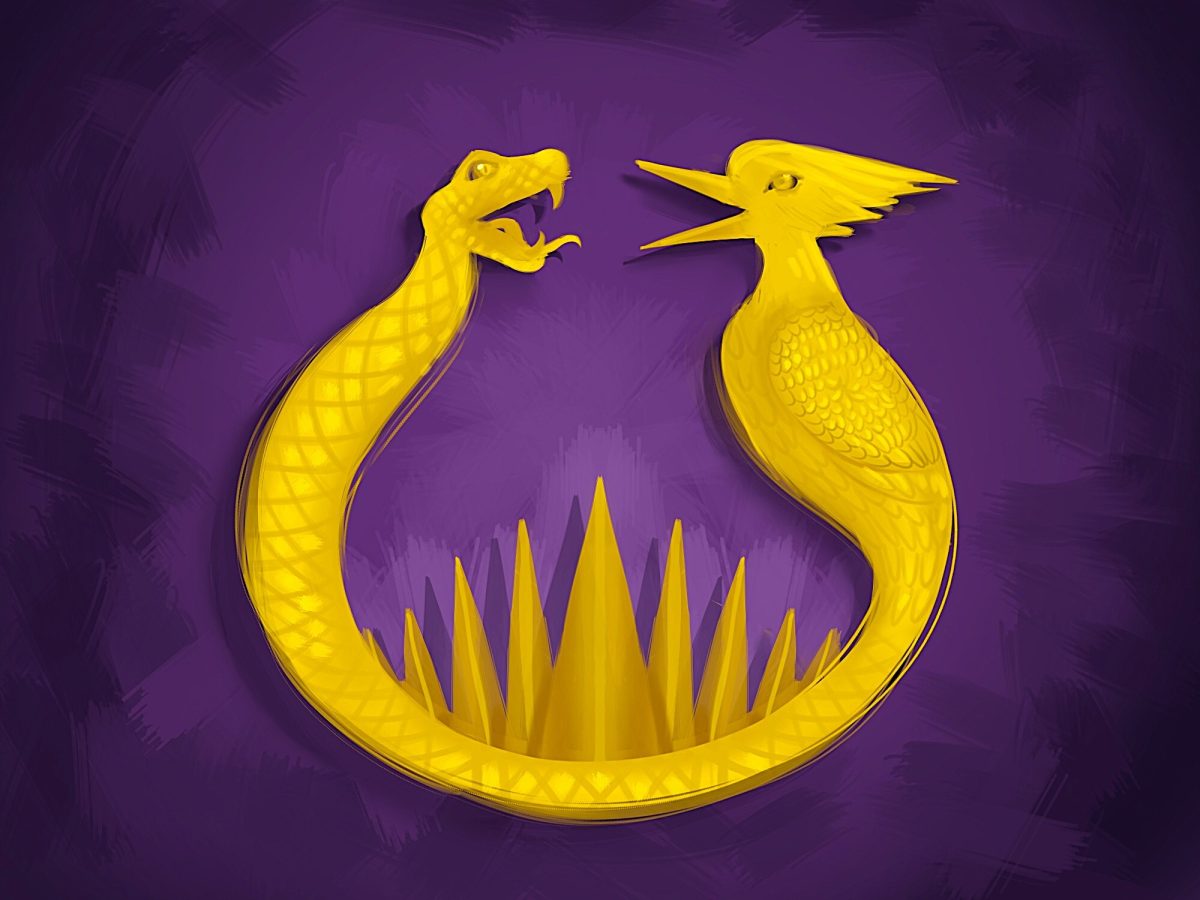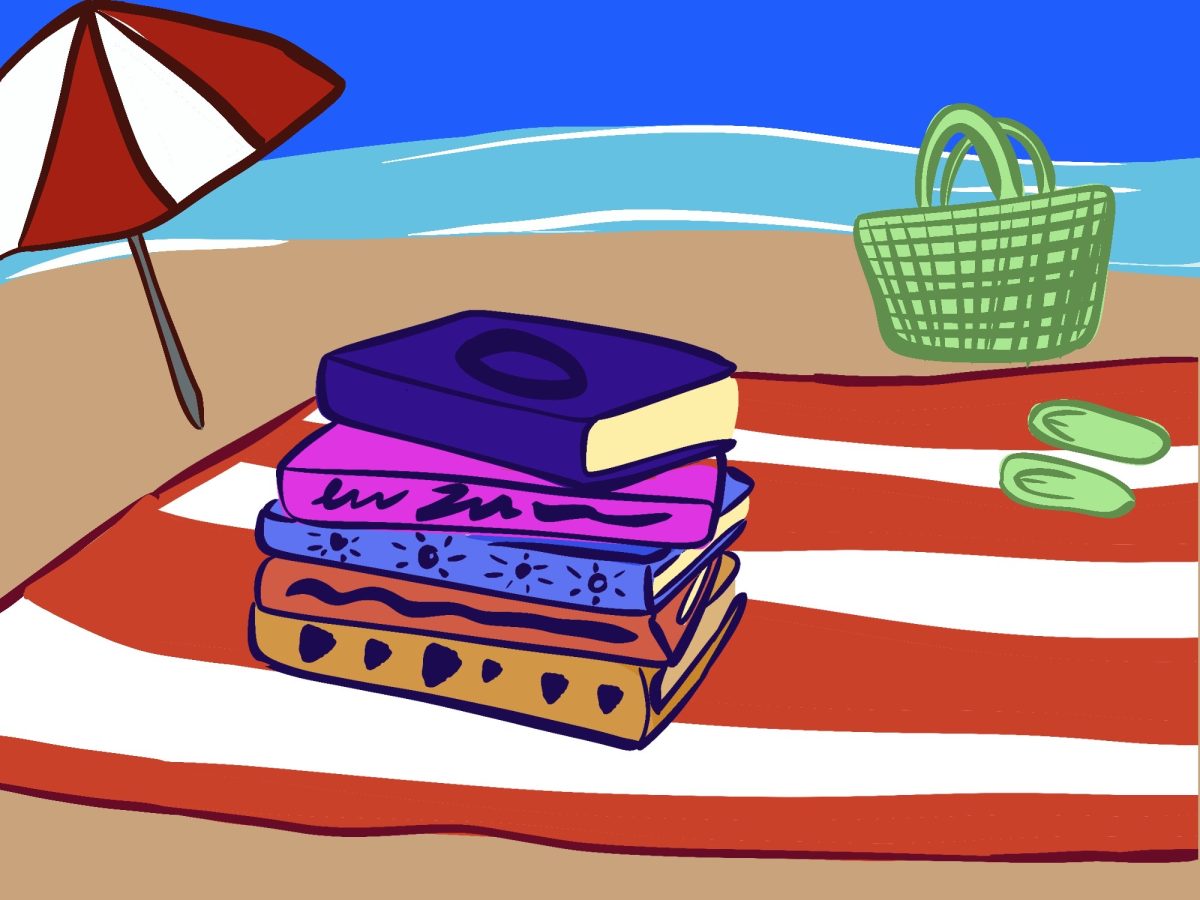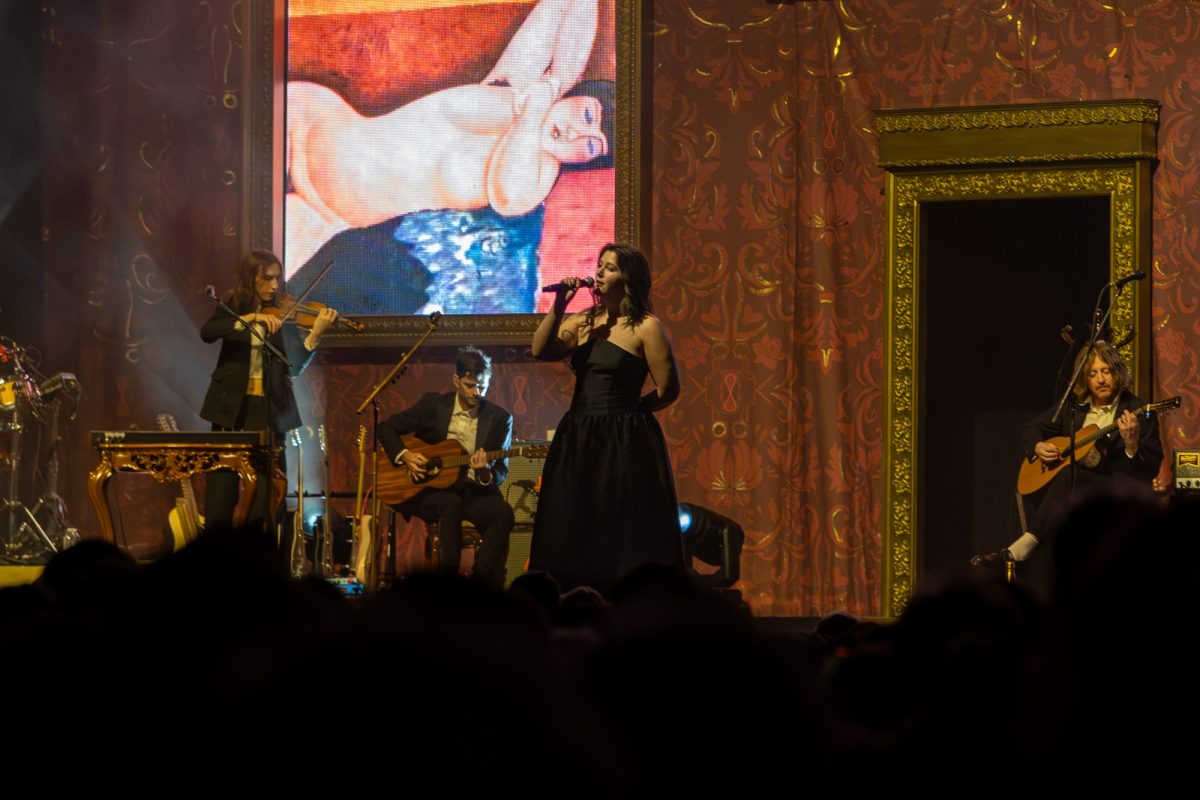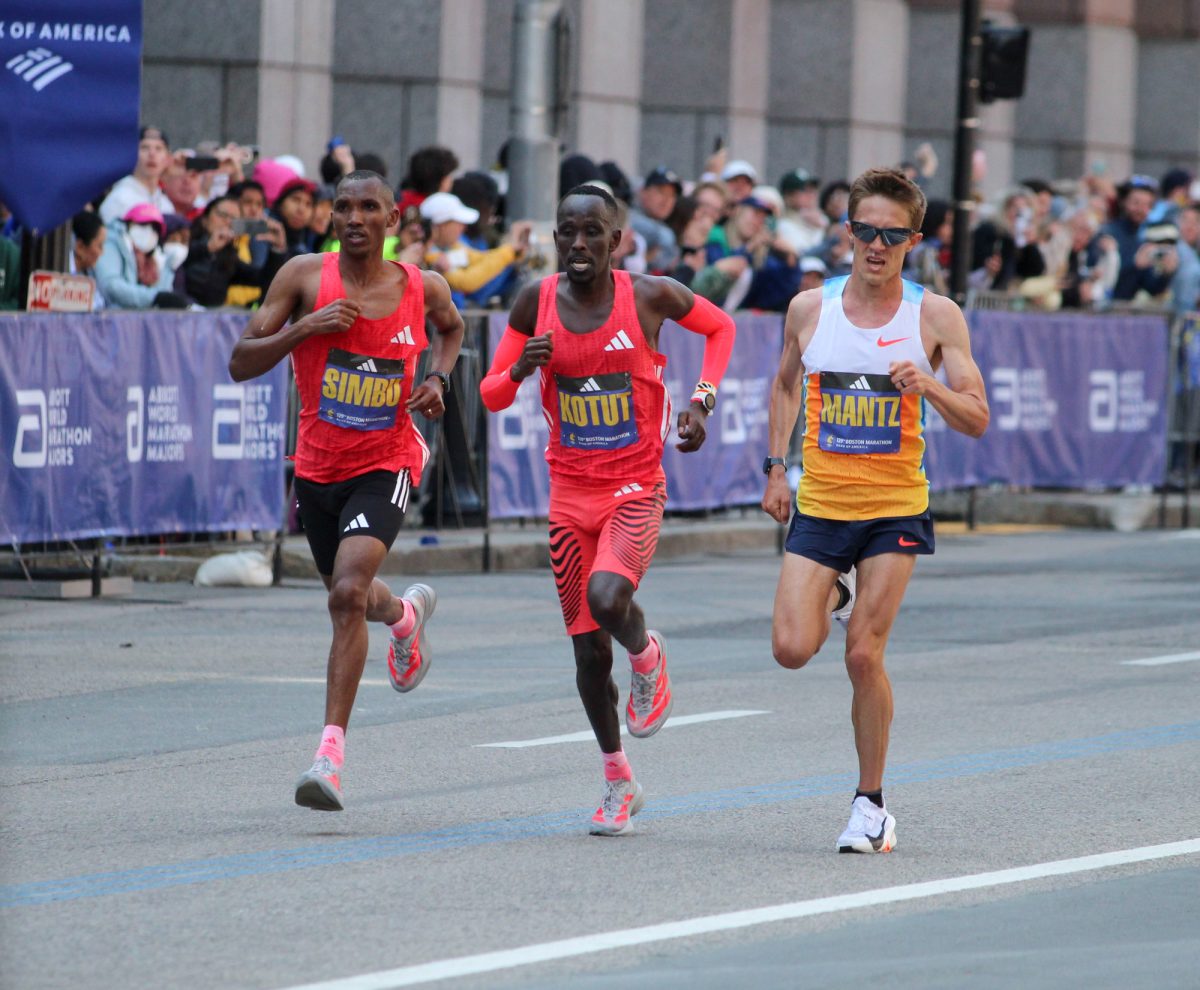Maybe it’s because my 300 pounds give me a look of Buddha-like wisdom, or maybe I truly am one of the world’s smarty pants. Whatever the reason, bunky, I know better, and I’m here to tell you what to read.
Now I’m one of those English majors who claim to believe that nothing worth reading has been written in the last hundred years or so. It makes me look like I have something to say, and even the few people who realize that I’m talking through my hat (it’s a purple Fez with golden tassels), eventually develop a grudging respect for me.
And seriously, if you think about it, Shakespeare will live forever for having a character called Nick Bottom who has an ass’s head, and Milton’s Latinate Puritanism will scare non-lit majors for scores of centuries to follow.
But hey, let’s be honest here. I wasn’t reading all that when I was seventeen, and those novels I read then are still pretty cool now. And these books, and not some Hoity Toity Renaissance jerk, are what led me to the English major.
Not only that, they were also all written within the last fifty years! (or so)
So, without further ado, let’s look at these tomes par excellence. The list is highly idiosyncratic, and I make no apologies for it. The novels are arranged by order of personal preference.
The Ginger Man, by J.P. Donleavy
My favorite book, featuring the escapades of an impecunious and rarely sober American living post-World War II in Ireland, the rants of his virginal one-eyed friend, irate creditors and a whole lot of illicit dalliances.
We follow the lascivious Sebastian Dangerfield as he stumbles through bar fights and blasphemes his way through Dublin and London (the latter in a kangaroo suit!) Donleavy’s prose style is admittedly hard to follow at first; as Andrew Stauffer of the English department said, “It’s almost as if to fully appreciate The Ginger Man, one must be inebriated. It also has the effect of making the reader feel quite drunk.”
This raucous novel is side-splittingly funny, but it’s not without poignancy either. The same morality that caused The Ginger Man to be printed through a pornographic publishing house in 1955 holds me back from quoting any of the juicer incidents, but here’s a tender moment shared by Lily and Sebastian at the close of a chapter:
“O Mr. Dangerfield, it’s so much less of a sin.”
It bears the stamp of all great books-i.e., it was banned upon first publishing. Nabokov’s Lolita being released within two months of The Ginger Man, Donleavy never fully achieved the notoriety he deserved. And that seriously irritates me, since the consequence is that The Ginger Man is probably the most underrated book I’ve read.
It’s surprising, really, how a novel so steeped in sex, alcohol and controversy could be anything less than an American cultural icon. Literary parallels may and have been drawn between Sebastian Dangerfield and Nabokov’s Humbert Humbert, between his roving id and that of Philip Roth’s Alexander Portnoy. While these vastly more famous authors and their (disputably in Nabokov’s case) greatest works vie with Dangerfield in terms of debauchery and lechery, none of them write with the immediacy (to use V. S. Naipaul’s term) and sheer poetry Donleavy uses to bring Dublin’s dusty and urine-stained streets to life. (If you find yourself liking The Ginger Man, as you very well should, you can also check out John Kennedy Toole’s A Confederacy of Dunces, and Tibor Fischer’s The Thought Gang.)
Lolita, by Vladimir Nabokov
I have a personal bone of contention with Vlad, as I explained above. (Incidentally enough, Nabokov, Donleavy and Shakespeare share the same birthday on April 23.)
But no personal beef can take away the fact that Humbert Humbert, “everybody’s favorite character” as Nabokov modestly claimed (he’s bigger than Jesus!), doxologizes with heartrending elegance. Quoting Stauffer once again, “Lolita might very well be the greatest love story of the 20th century, and if the opening page doesn’t undo you, then probably no set of written words will.”
“You can always count on a murderer for a fancy prose style. Ladies and gentlemen of the jury, exhibit number one is what the seraphs, the misinformed, simple, noble-winged seraphs, envied. Look at this tangle of thorns.” -Humbert Humbert in Lolita.
The Martian Chronicles, by Ray Bradbury
Bradbury brings to American prose the lyrical minstrelsy that elevates a writer from a mere prose hack to a poet and a bard; i.e., minus the hi-falutin’ words, he rules. And The Martian Chronicles is undoubtedly his greatest work.
A set of inter-connected short stories written over a period of four or five years, this is America. This is, as Paul Simon and his buddy Art would say,
“Let us be lovers we’ll marry our fortunes together.”
“I’ve got some real estate here in my bag.”
So we bought a pack of cigarettes and Mrs. Wagner pies
And we walked off to look for America
America in the 1950s was a time of exploring new frontiers — sexual, racial and technological. Inspired by other short story cycles of his time, namely Sherwood Anderson’s Winesburg, Ohio, The Martian Chronicles is more than mere science fiction. It’s an immersive aural landscape and a fairy tale, set in kaleidoscopic prose-poetry that deals with the issues of its extremely transitive generation. Although it’s more acclaimed within its ostensible genre, i.e. science fiction, and while it deals with the central themes of one decade in one country, it’s essentially human, and therefore, timeless and universal.
The Far Pavilions, by M.M. Kaye
As a real man who likes his gin and his pain, I shouldn’t be admitting to reading a historical romance, much less almost crying (I said almost) at the end. But hey, I’m from the Indian subcontinent, and British colonization has, for better or for worse, shaped my country and my life. The Far Pavillions deals with an Englishman who grows up as an Indian and the cultural conflicts he learns to deal with. There are debauched minor kings seduced by courtesans, there’s the love of a princess for our hero and there’s war in Afghanistan. While its length (1189 pages) might seem daunting, you won’t spend a single minute being bored.
Kaye quotes Tennyson in the dedication page, saying, “‘Tis not too late to seek a newer world,” and there is no world newer or stranger than our past. My reading of the novel was more than discovering some new facts about a historical period, it was a personal epiphany. For those of us who aren’t from post-colonial Bangladesh and who eschew grandiose tales of love and war, this novel is worth the read for the grand picture of Victorian India alone.
For God’s sake, you can find a second-hand copy at Amazon.com for under a buck! And if anybody reads this book and is dissatisfied with it, I will personally reimburse their 89 cents. It’s that good.
Midnight’s Children, by Salman Rushdie
“In order to know me, you’ll have to swallow a world.” So speaks Saleem Sinai, in the beginning of Midnight’s Children. The novel, wrongly assumed by many to be quite the contrary, is, in Rushdie’s own words, “far from being an authoritative guide to the history of post-independence India.” Rather, it’s a quest for the author, the author-as-narrator and the narrator-as-author to find a sense of self, and of meaning, as Sinai reiterates so often throughout the course of the novel.
Of course, the reader swallows the world, and is, in his turn, swallowed into a highly fictional, historically inaccurate and completely real land where futures are pickled and fortunes smelled.
Post-colonial sub-continental literature is all the rage these days; it’s even a valid major. So many names are bandied, but except for a chosen few, most of it falls under the category of random-short-stories-with-catchy-Indian-terms. These woeful attempts even manage to win Pulitzer prizes, like BU alumni Jhumpa Lahiri’s Interpreter of Maladies did. (But then again, in Uncle Pulitz’s defense, so did Midnight’s Children.)
However, Rushdie’s novel isn’t limited to that very confining genre. Midnight’s Children is a pseudo-oracular novel of epic proportions, and, in an over-rated sea with lots of small fish, it’s the Moby Dick (pun intended, keeping in mind Rushdie’s masturbatory writing style.)
It’s fashionable to denigrate these degenerate modern times as hopelessly unaesthetic, with Calliope not responding to our fervent cries for the centuries of yore when men were men and poets knew how to rhyme. The 20th century has a good deal to offer even the most discriminating reader. Maybe curling up with a facsimile of Donne’s holy sonnets is your idea of fun, and if it is, I have the greatest respect for you. But, as a dear professor of mine said, “There’s absolutely nothing wrong with literature today; you just have to know what to read.”
So there.

